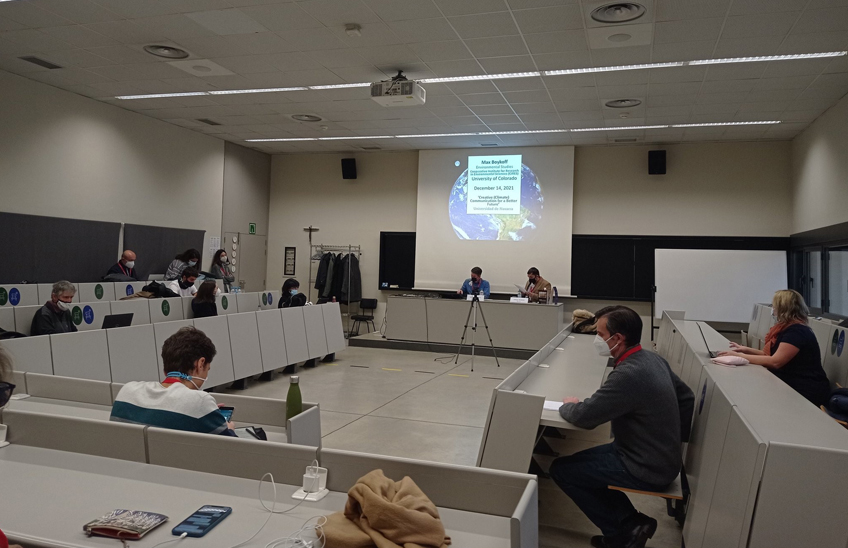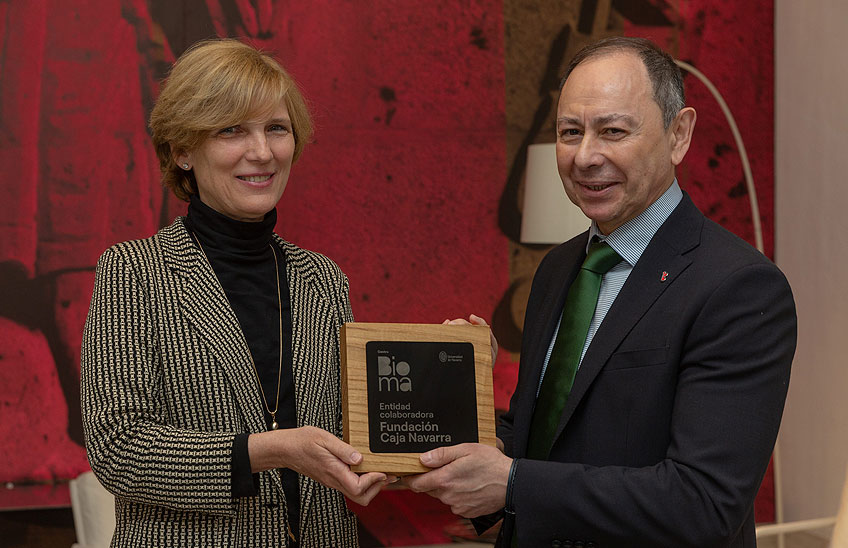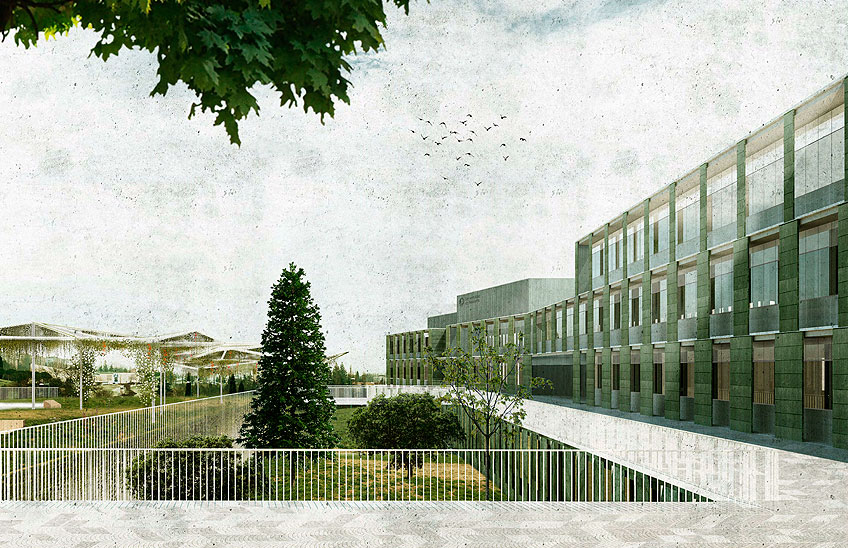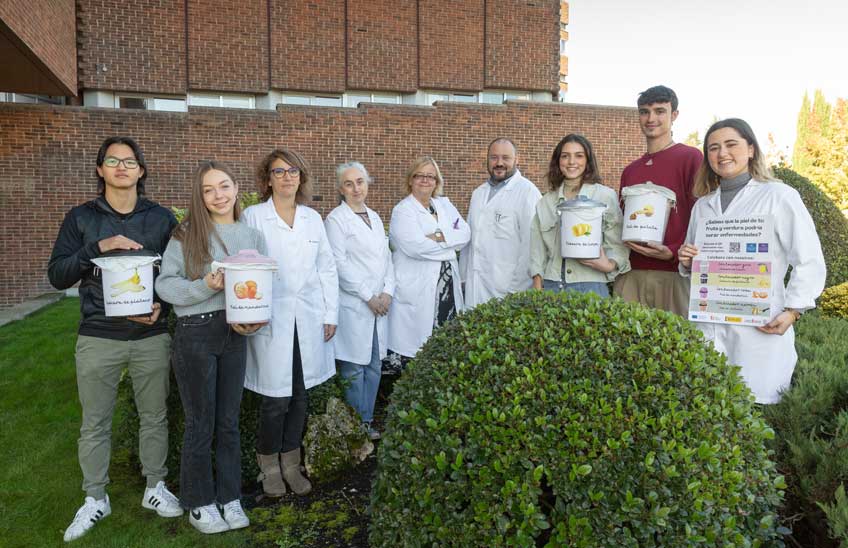Emotion and images, key to effective climate change communication on social networks
21 researchers have elaborated a decalogue of good practices in the seminar Clima en Redes organized at the University.

FotoManuelCastells/21 experts attended the seminar Clima en Redes held at the University.
22 | 12 | 2021
Emotion and images are key to communicating climate change in social networks and favoring global understanding of the message. This is the main conclusion of the seminar Climate in Networks organized by the University of Navarra.
The meeting brought together 21 experts in climate change communication to learn the results of the project "Climate change communication in social networks: strategies, emotions and images", coordinated by the group of research on Science Communication of Biodiversity and Environment Institute (BIOMA) of the University of Navarra, coordinated by the professor of the School of Communication, Bienvenido León.
The research conducted on this topic should provide organizations and companies with clear mechanisms for designing effective content to generate conversations about climate change. For this reason, the participants synthesized the conclusions of congress in a decalogue with proposals for good practices and recommendations for the professional practice of climate change communication in social networks.
During the seminar, participants were also able to learn about various strategies on how social networks can add value to climate change communication, in a context in which only 35% of the population admits that they generate conversations about this topic in their environment.
The Decalogue
-
The communication of climate change in social networks must inform about the Degree threat it poses and the urgent need to act through quality content.
-
promote ethical communication of climate change in social networks, based on social responsibility, transparency and honesty.
-
Encourage the creation of community in social networks through constructive dialogue, avoiding catastrophism and seeking interaction.
-
Build narratives that increase and enhance the social prestige of behaviors and lifestyles that help curb climate change.
-
promote the direct involvement of academic community in climate change communication in social networks.
-
Communicate climate change in social networks having science as the main reference letter and including direct sources as much as possible.
-
Design professional strategies based on the academic research on climate change communication.
-
promote the construction of stories or narratives based on stories of proximity that favor climate action. It is necessary to be concise in the stories, seeking complementarity between the image and the text to favor the global comprehension of the message.
-
Use meaningful and culturally proximate images that show people taking action on climate change. Other elements for promote climate action are spontaneous images that convey feelings.
-
Use creative images versus cliché images. Negative images (impacts) are more attractive but discourage action, while positive images (solutions) encourage action.




